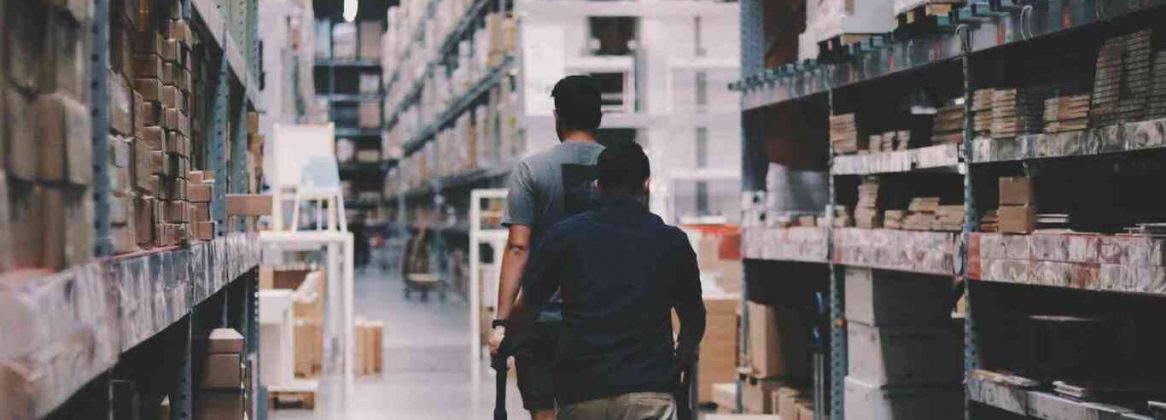With a marked rise in consumer awareness, safety, and quality standards, Consumer Packaged Goods (CPG) companies are under pressure to up their operational ante. The companies, faced with significant competition, need to proactively strengthen the quality of their supply chains and relentlessly work off customer feedback to improve their internal and external processes. In this article, we observe the technological benefits of digital inspections for CPG companies and how they can use these inspections to robustly manage data and improve their processes in areas like quality management and compliance.
Digital inspections help organizations to evaluate their operations by obtaining significant value from data. When data is holistically evaluated, the obtained insight empowers organizations to standardize procedures and optimize their processes for continual growth. As opposed to manual inspections, a digital inspection provides a reliable, fast, and convenient way to analyze data and improve business performance.
The digital inspection market is expected to grow from USD 19.66 billion in 2018 to USD 27.84 billion by 2023
Digital inspection technicians use devices – powered by machine learning, IoT, and cloud computing – to easily work through large amounts of manufacturing data. The resulting insights can form the basis for decision-making to gain advantages for the business.
Moreover, with ever-improving safety and quality standards, digital inspections help CPG manufacturers stay compliant with standards, with in-built storage mediums helping them to safely store manufacturing data for future audits.
Why CPG companies need digital inspections?
Digitalization has opened routes to instant, screen-to-screen interactions between manufacturers and their customers. Combined with an ever-abundant stream of (potentially) usable consumer data, CPG organizations can now sell targeted products directly to customers and obtain feedback.
But while raw data may be abundant for CPG organizations, connecting the numerous data points across multiple disconnected systems – up and down the supply chain – is a daunting process. Consequently, many CPG organizations are faced with the challenge of unifying several identical data points to obtain a single version of truth.
McKinsey articulates that CPG companies must instigate predictive growth and any post-pandemic progress should cut across: tracking changing consumer preferences, identifying micro pockets of growth to prioritize in future plans, adjusting commercial strategies, and becoming more agile to pursue opportunities.
To achieve this, they must effectively utilize their data sources. For instance, systems like digital production planning, logistics, automated picking, and dynamic routing can all be integrated into a single platform solution. Anheuser-Busch InBev is doing something along these lines, with the brewing company seeking to unify its 27 disparate Enterprise Resource Planning systems (ERPs) into a single system.
The array of opportunities that digitalization allows
Digital solutions can significantly improve the production processes of CPG companies, even as it enhances their visibility to gain more from data. The improved visibility will in turn help the organizations to better understand customer impulses and make decisions consistent with the demands of their target buyers. They can enjoy market penetration and be well-positioned to take advantage of changes in the marketplace.
Overall, digital inspections help CPG organizations in three key operational areas:
- Quality management
- Supply chain
- Compliance
Quality management
Digital inspections can aid CPG organizations to maintain the quality standards of their products. Pre-production, organizations can examine raw material data and model their prospective behaviour upon combination.
And in-factory, manufacturing data provides an avenue to quantitatively monitor (and improve) production processes. Besides the quality of products and their packaging, worker productivity can also be optimized with data, enabling the factory to produce more quality products at scale.
Supply chain
“Plant managers walk a tightrope every day. Too little production leads to shortages and lost revenue opportunities; too much production means that perishable products go to waste. Digital threads across the supply chain are essential.” – Michael Larner, Industrial and Manufacturing Principal Analyst at ABI Research
Digital inspections help CPG organizations to enhance their demand-forecasting capabilities and walk Mr Michael’s proverbial tightrope with ease. They can improve the profit potentials of their business as they optimally produce as per market requirements.
Little wonder, in a recent survey, 26% of CPG companies placed ‘digital in the supply chain’ as a top priority for their business!
Compliance
Digitally-enabled data management enhances the trustworthiness of data. This data trustworthiness makes it easier for CPG organizations to accurately monitor and iron-clad their compliance with regulatory bodies. As their data points are now unified, CPG organizations can see the full operational picture, and along with easy access to digitized standards and guides, can observe and quickly correct non-compliance.
Maximl’s Connected Worker Platform for Digital Inspections
Maximl digitizes Inspections to streamline an otherwise cumbersome procedure into a series of automated steps. Our Connected Worker Platform supports end-to-end Inspection planning, documentation, reporting, and tracking to improve the ease and productivity of the entire process.
- Improve Perfect Order Index
- Reduce/Eliminate Equipment Breakdowns
- Improve Number of Recommendations Resolved
Learn more about our solution for Digital Inspections.


